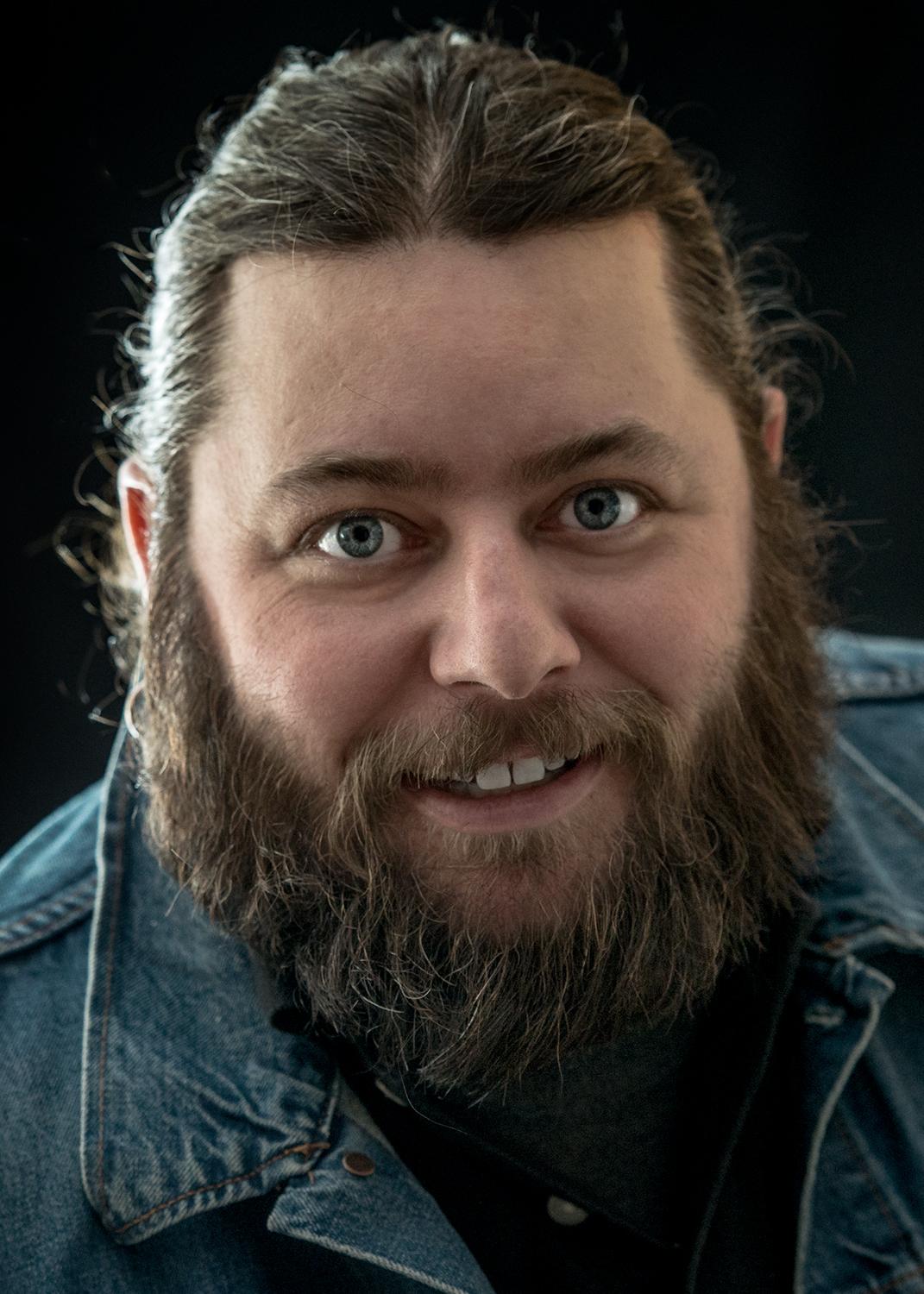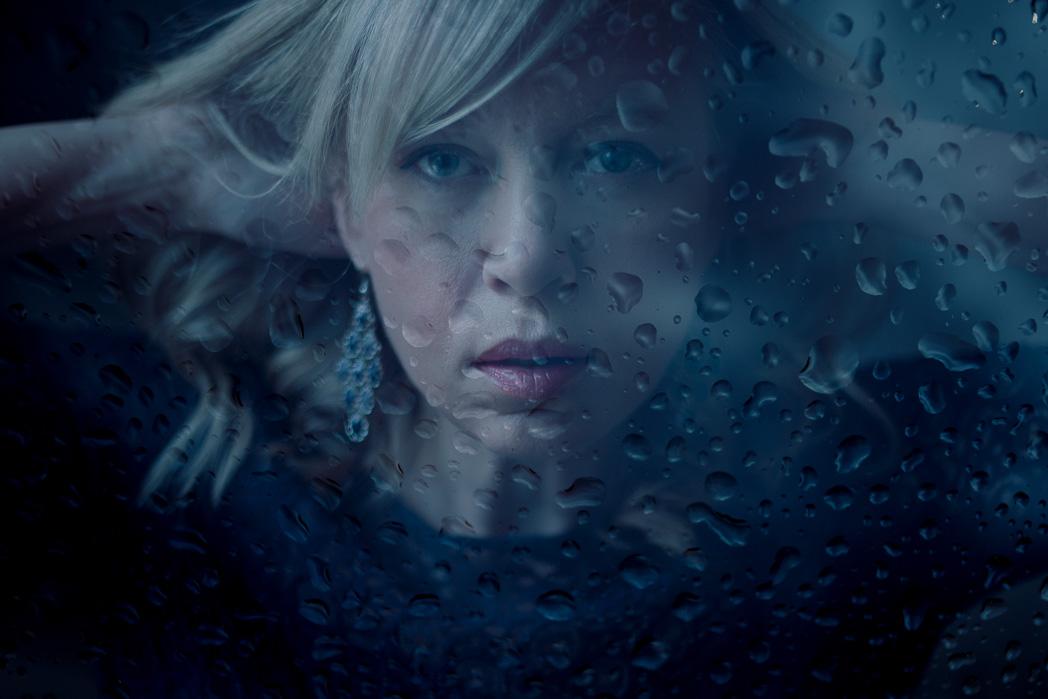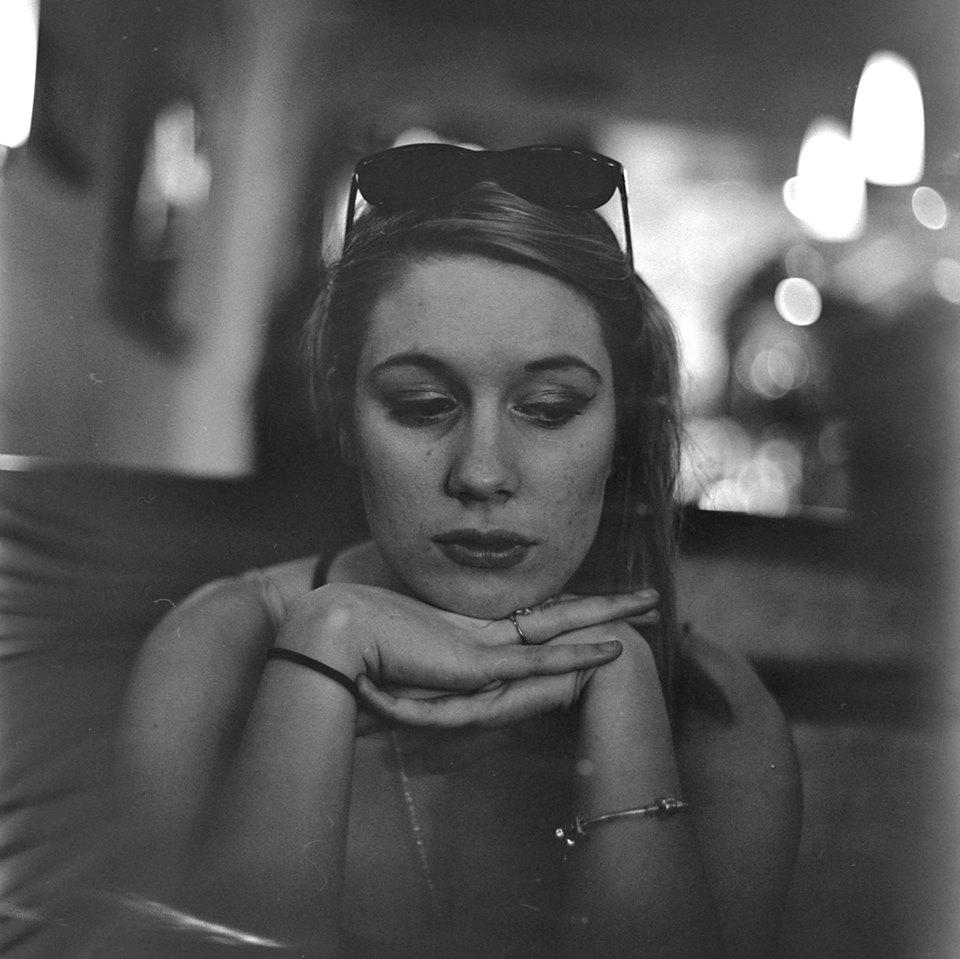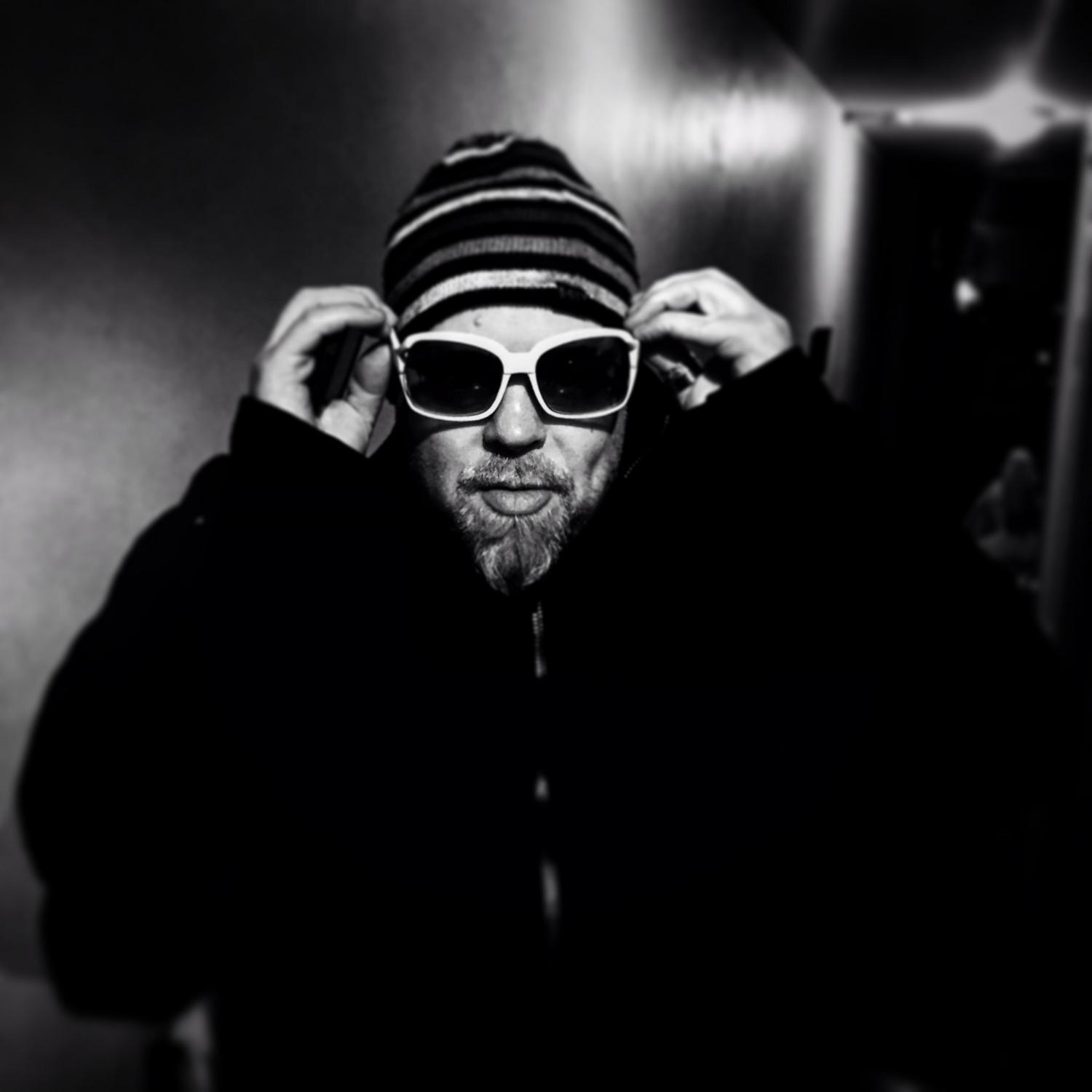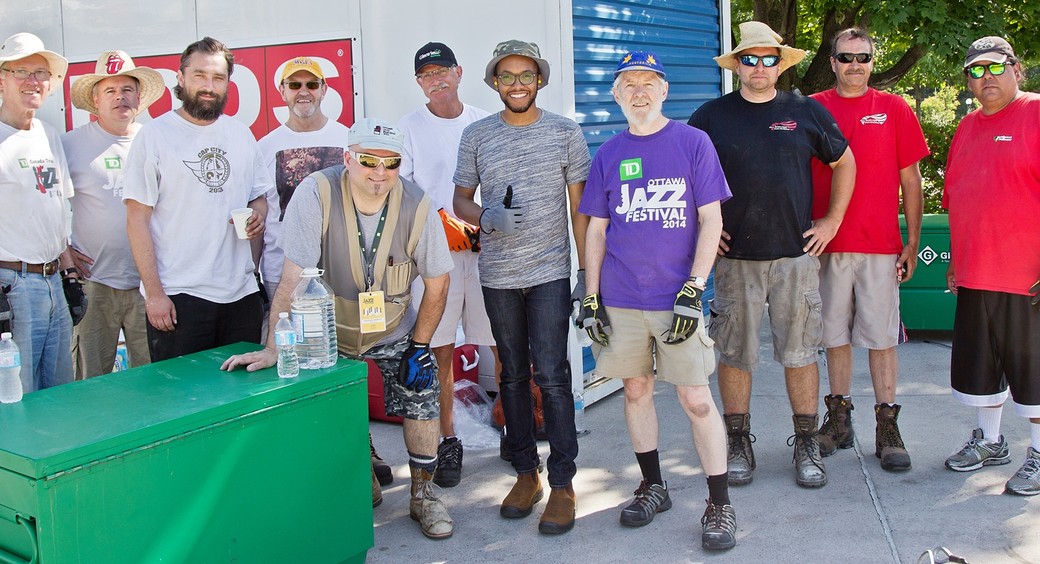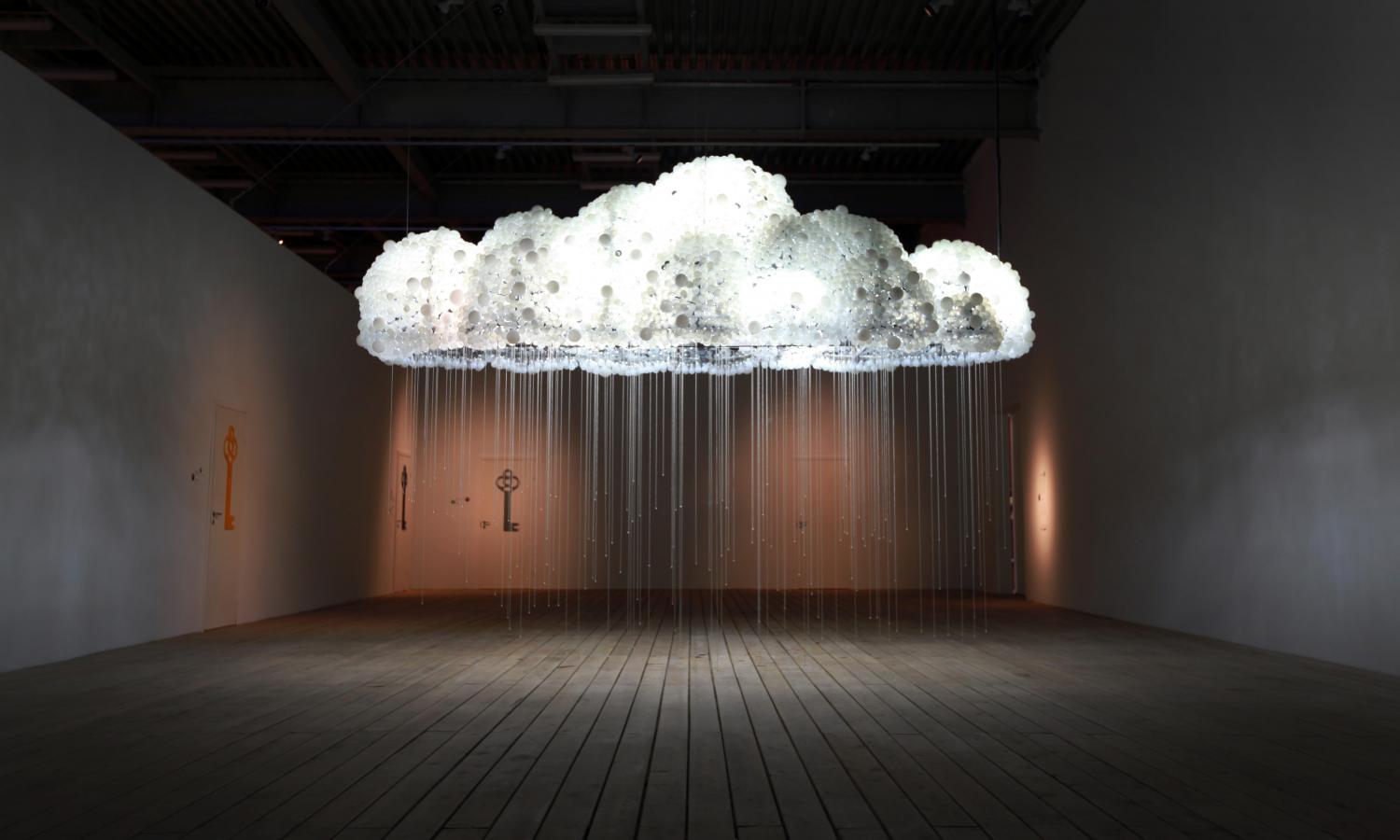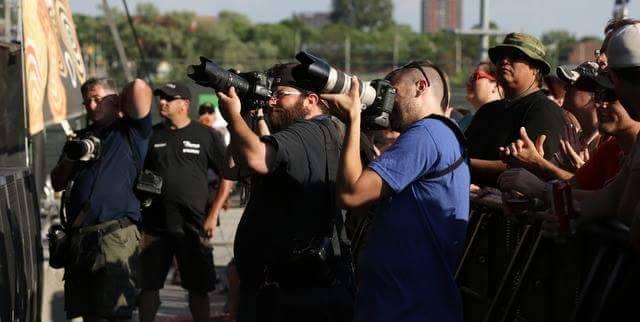
In Focus: Festival Photography
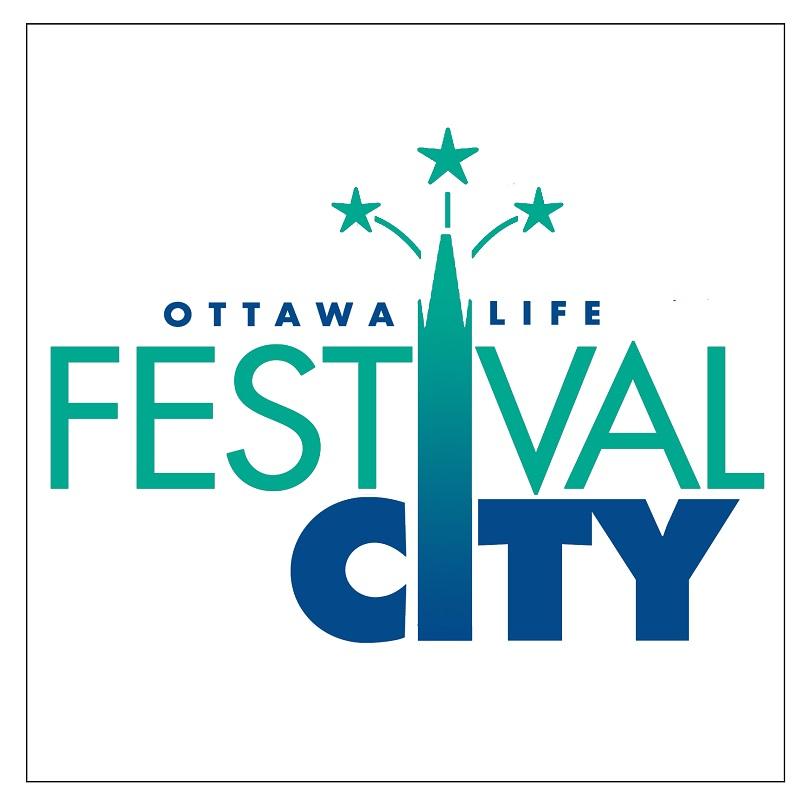 Ottawa Life’s Festival City Series is back! We'll provide a unique look at some of your favourite events.
Ottawa Life’s Festival City Series is back! We'll provide a unique look at some of your favourite events.
We’ll go beyond the music with artist interviews, volunteer profiles, concert reviews and spotlights on
the tastes, sights and sounds of the festival season.
Your city! Your festivals and events!
Like a good sunscreen, Ottawa Life has you covered.
Photos by Andre Gagne, Sean Sisk, Kamara Morozulk, Scott Doubt, Renée Doiron and Dave Di Ubaldo
“Hey, get the f*ck down, a**hole!”
I turn to face the ever reddening face of a man who really wants to see Huey Lewis and the News. In one raised hand is a water bottle which he mimes lobbing directly at my head. My first thought is: Damn, I’m glad they don’t allow glass into these festivals. My second: That’s the power of love? No, I answer myself, just a day in the life of a festival photographer.

One year later and I’m at the side of a stage, heat blistering down, packed in with the others as tightly as boxes in a hoarder's closet. We’d just been told the usual: three songs, no flash. Got it! Will it ever be: the entire set but the last song in the second encore and please, oh please, use three types of flash and at least one colour gel? Our eyes are wide. No, probably not. Our hearts are racing. We're ready. The musician, not so much. A half hour later and we get the sign. The stampede for positioning begins. We jostle and sidestep like some strange ancient mammalian mating ritual. You see, in the heat of the moment to get your perfect shot, festival photographers can resemble something like your most intense hockey rivalry in game seven of the playoffs. We can elbow, body check and even get two minutes for high clicking like that time a far too competitive shooter opted to use me as a tripod for better reach.

Cut ahead to last year when that storm struck at Bluesfest. Some of us were there the day the stage came down and it was hard to remove the thought of, well, what if it happened again and what if people weren’t so fortunate this time? As the wind picked up we were moved away from the stage into the kind of luxury festival photographers never see: a trailer with a comfortable couch and a fridge full of drinks. For an hour this was the life!
Though no luxery seating and cold beverages, like that night last summer, the rains were relentless this year at Jazz Fest! It caused the tiny area the photographers were wedged into to become a muddy mess of glop that caked your legs. Some nights it came down so hard it hurt. But you’re there, at the front of it all, and your mind bounces between thoughts of protecting your camera to getting that shot, the picture that will set you above the others in the pit.

As a festival photographer myself, scenes like all the above are all too common. These, along with bone rattling speakers, the need to avoid hot stage lights and musicians who warn you never to snap them holding a mandolin are just some of the hurdles placed in front of a gig many of us do not for the money (because there isn’t much of it, anyway) but because of the passion. There’s an adrenaline rush to it all! You’ve got fifteen minutes to freeze time and capture the moment! You don’t know what the light is going to be like. You don’t know if the musician is going to come anywhere near your camera. You don't know if you are going to be in the pit or by the soundboard. But that doesn’t matter because, in those fifteen minutes, after the initial explosion from the crowd pumps you up, you’re in the zone. The only people closer to the stage are the ones who are on it!
“Music is alive,” says photographer Sean Sisk, now in his 18th year photographing RBC Bluesfest.
What’s kept him going? He says that it’s how every artist “views themselves and their music is different, and to be blessed to share that with them is pretty incredible. When you get that shot and you get to share it with them and their fans it’s special. Each shows brings another adventure.”

Sisk goes on to explain the excitement he feels every time he’s in a photo pit. Right before the show begins he can feel the crowd’s energy and he braces for that first rush of applause and screams. Fellow photographer Kamara Morozuk says she lives for these moments. With a first name so close to her dream profession, one might say she was even born for them!

“It’s the best feeling in the world,” she beams. “For concert photography specifically, the rush of snapping a photo in a limited amount of time, adapting to various lighting conditions, is the biggest adrenaline rush I have ever experienced. The excitement never ends.”
Scott Doubt was hooked by that excitement the first time he got behind the barricade at Bluesfest but his fascination with photography began much farther back when he discovered his parents black and white photo albums as a kid.
“My siblings and I used to sit on the floor for hours, trading albums and creating memories. It was like watching a movie, of a life before we were born,” he tells Ottawa Life. “As I grew up, my father always had his Pentax film body in hand, recording our growing family. I got really serious about shooting regularly when the first DSLRs started to come out. And I’ve been filling up hard drives for almost 15 years now.”
Renée Doiron also says she can trace back her love of photography to her youth. She was a child who always had paper and crayons who grew to become a teenager with paints and a canvass who grew into an adult with a camera and computer.
“Photography, like drawing or painting, is therapeutic for me. I can lose myself in the editing process in particular and spend many hours at the computer editing a session. I'm a recovering perfectionist so I tend to fiddle with a photo until it's just the way I like it,” Doiron says.

For Dave Di Ubaldo, one-time Ottawa photography now shooting out west, festival photography can be just as surreal and experience as it is exciting. It's one he doesn’t regret leaving a career in the trades to pursue. Like most others following this profession, he puts food on the table by picking up other gigs like weddings but it’s photographing events like concerts that drives him. He can’t even sit through a show the same way anymore!
“The second the lights go down and the first notes come through the PA, I get tunnel vision,” he says. “I barely hear the music, it's just about tracking the artist and waiting for that one magic moment. When the lights line up with a jump, or a flare coincides with a scream, it's one of the most powerful experiences. I can't even watch a concert without a camera in hand anymore. I'll very rarely even stay past the first three if I can't shoot. It all seems dull when I'm not looking through a viewfinder.”
Every photographer has that one moment that sticks within sometimes hundreds of shows and thousands of photographs a year. For Di Ubaldo it was being on the stage itself to shoot Walk Off the Earth. Morozuk says it was the challenge of capturing Lorde’s CityFolk show and being proud to come out with an amazing shot. Doubt is still in awe of MonkeyJunk’s performance with four Indigenous dancers at this year’s Westfest while Doiron points to singing along as a fan to July Talk while snapping away. Sisk still remembers gazing out at 20,000 people before Colin James took the stage back when Bluesfest was by City Hall.
“I had to stop and just absorb it,” says Sisk.
When asked who their dream act would be the shoot, each couldn’t choose just one showing that as long as there’s a festival in the city, a new act to discover or a dream musician to shoot, Ottawa’s photographers will be there again waiting in the wings for the lights to go down, the crowd to erupt and the music to begin before going out to capture it all with the click of a shutter.
Here are some more tips from Ottawa's festival photographers.
First Festival:
“I think the first festival I shot was a ROCK fest in Montebello back in the early 90s, but, more professionally, the first festival was a number of years back. It was Tulip Fest when they still had bands that played Major’s Hill Park.”
Gear:
“I shoot Nikon D800/Nikon D750 – 24-70mm f2.8, 70-200mm f2.8, I carry a 2x Nikon tele-converter with me (light and gives extra reach if needed) with lots of memory. I shoot with 32 and 64 gig cards. I hate opening the camera up anytime outside. I swear by my Solomon (XA PRO) trail running gore-tex shoes…comfy and waterproof.”
Biggest Challenges:
“Weather! It can be anywhere from 42 degree with the humidly and the sun, to snowing during early festivals, never mind the rain. To make it real fun is when it is so hot and pouring rain. So weather definitely, and navigating the crowds and security to get to where you need to go. Tying to move through the huge crowds and getting through security to get to the next stage when you’ve got only three songs to shoot and you need two artists from two stages at the same time and that other act went on early. “
Top Tip:
“Be a music fan and have fun. Go find a local band or two and work with them. Shoot the bar scene, shoot promo pics. Grow with them.”
First Festival:
“I have volunteered as a photographer for Bluesfest for many years. I've made some great contacts and more importantly some great friends through that festival. Although we were not allowed to shoot the bands themselves we were immersed in the sights, smells, and sounds of the festival?. The first time I was in a festival pit was at the Ottawa Dragonboat festival where they let volunteers in on the concert action.”
Gear:
“Canon 6D full frame body, 70-200 2.8, 24-70 2.8. Ear plugs, rain gear, many memory cards, and a constant smile on my face.?”
Biggest Challenges:
“The first would be rain, rain, rain. Getting soaked to the bone is one thing. Getting your camera gear wet is a whole other level of stress. We do everything we can to protect our kits but it's a constant worry when Mother Nature will not cooperate. Secondly, we need to find the delicate balance between staying hydrated and not having to visit the porta-potties too often.? Last but not least, fatigue. It can be exhausting carry those big cameras and gear around day after day during a long festival and we need to pace ourselves.”
Top Tip:
“Don't think that you are too good to take advice from people who you admire and don't assume that you will get the big shows right from the start. Volunteer, put in the time and the effort, and if you are good it things will happen for you. Keep an open mind and make lots of contacts. You never know what opportunities may come your way.?”
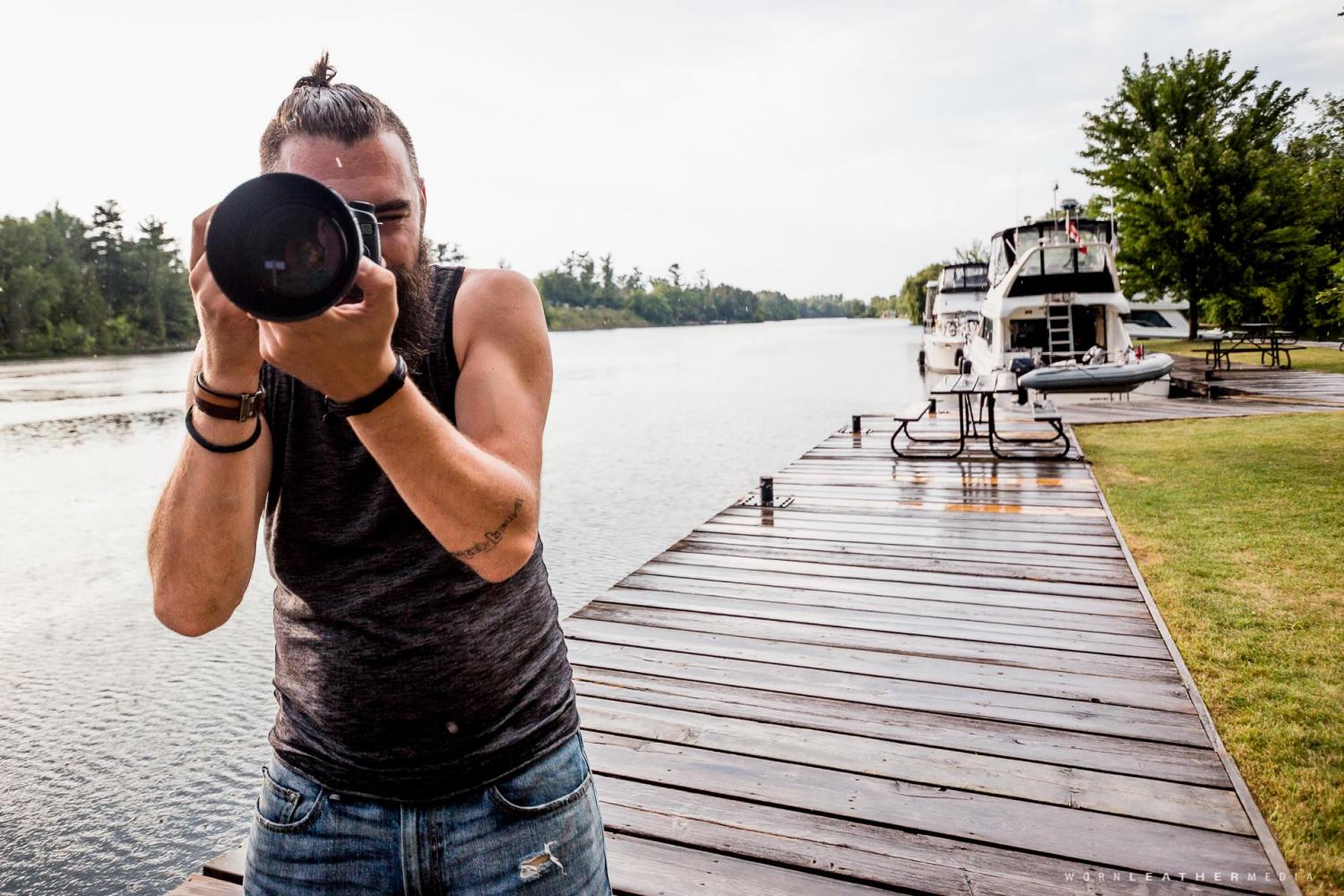
First Festival:
“The DIFA festival in Brockville last year. They had ridiculously good lighting, and the shots from that show set a standard for what I knew I could achieve.”
Gear:
“Always two bodies. A Canon 6D and a Canon 7D mark ii. I will usually run with a 70-200 f4L on one. It's a super lightweight and incredibly sharp zoom lens. Also very budget friendly. With the iso tolerance a of a most a modern bodies today, the single extra stop of light from the faster zooms really does not justify the doubled weight and tripled price. If you have the light, it's a dream to use all day. Second body either gets a 16-35L or a 24mm ART prime. Close ups are great for publications, but the wide shots are always the coolest. If it's a large stage, or a board shoot, the crop body gets the 70-200 (making it 112-320).”
Biggest Challenges:
“Getting access. That's the only part I would call remotely difficult. The lighting is always worlds better than club shows, and at 6'2" I don't have a lot of trouble getting my angles. It does require a lot of stamina, because you're often shooting for a full day, in the heat, with close fifteen pounds of gear on your shoulders. Hustling from one stage to another, jockeying for position.”
Top Tip:
“Learn to shoot manual. Know the technical side of your camera inside and out. Think of yourself as a photographer first, and an artist second. It's event photography, not fine art portraiture, and should be treated as such. Respect those that have been doing it longer than you. And do it because you love it. Cause you're sure as shit not going to get paid a lot for it.”
First Festival:
“The first small festival I photographed was ELE fest at Ottawa U. I am good friends with the band The Lionyls, and they had asked me to come by and take some shots.”
Gear:
“I currently use a Nikon D750 with a 70-200 2.8 VR1. I switch to a 24-70 to get the wide shots.”
Biggest Challenges:
“Festivals make for long days. Get ready for any kind of weather, rain, extreme heat or even hail. In terms of photography, I would say the most challenging thing for me is to be taken seriously. The majority of concert photographers are middle age men who are very intimidated by any new talent. This is still a challenge I am trying to overcome by being confident in the work I deliver and rise above the men who feel the need to comment on my presence.”
Top Tip:
“Start going to shows, shoot your friends who are in bands, practice practice and practice! Learn about using your camera on Manual so you can use all the settings to get the best image. Keep shooting – everybody starts somewhere!”
First Festival:
“Ottawa Bluesfest probably around 2003-4 was my first festival shoot. I’ve been hooked ever since.”
Gear:
“My main camera is a Nikon D4 full frame, nice n’ fast. I primarily use prime lenses – 24mm, 50mm and 85mm.”
Biggest Challenges:
“Often getting access to shoot a festival can be a bit of a challenge. With digital media, and lower cost camera bodies, there’s a deluge of requests for media access. Patience and determination wins in the end, I find, and the more you shoot, the more access you are often able to secure.”
Top Tip:
“My advice for someone interested in concert or festival photography is to be conscious of the pressure and logistics of a large event. There’s a lot of moving parts, and your desire or need for a photo is probably not a priority for someone else. Be polite, remember that the artists and festival staff are working – this is their job. Try not to get in the way of artists, staff and other media, be aware of schedules and locations, scope the area out in advance if you can. In short, be aware, keep your head up, and have fun – hell, you’ve got the best seat in the house!”

